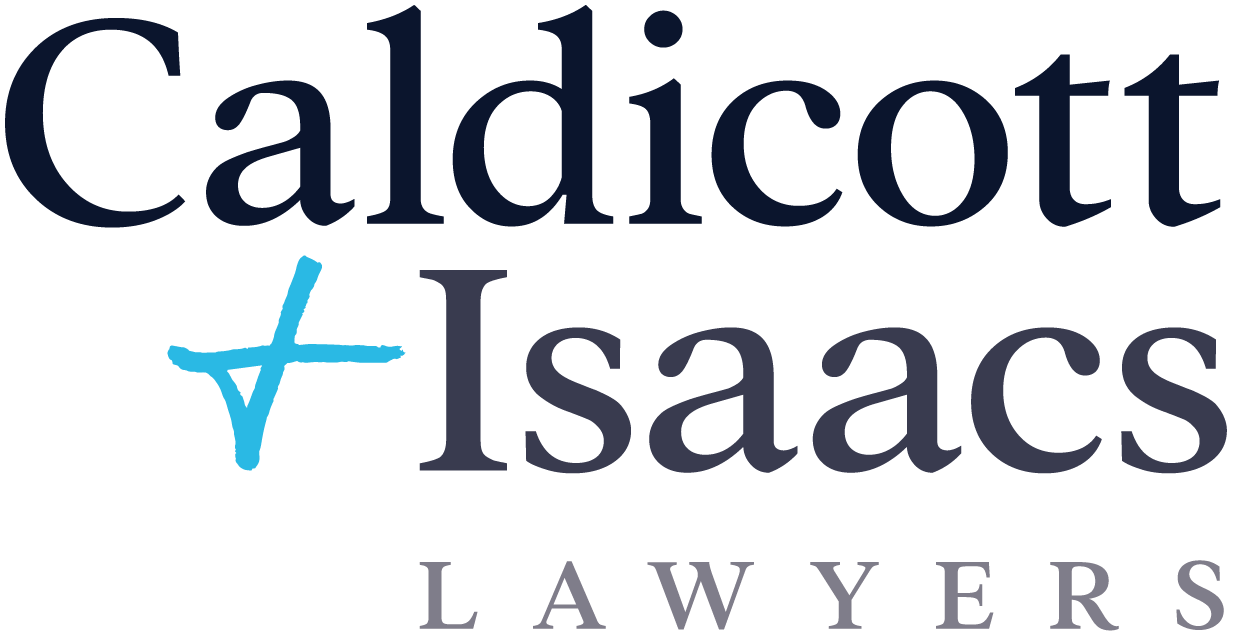South Australia, has three offences of causing harm to another person.
Causing harm to another person is an offence under section 24 of the Criminal Law Consolidation Act 1935 (SA). A person will be guilty of causing harm where they either intended to cause harm to the person, or, although they did not intend to cause harm, they were reckless about whether or not harm would occur.
Causing harm to another person is also an offence under section 29(3) of the Criminal Law Consolidation Act 1935 (SA). That section makes it an offence for a person, without lawful excuse, to do an act or make an omission, knowing that the act or omission is likely to cause harm to another, and the person either intended or was recklessly indifferent as to whether harm would occur.
A further offence of assault causing harm is contained in section 20(4) of the Criminal Law Consolidation Act 1935 (SA).
Harm means physical harm (whether temporary or permanent) and includes:
- unconsciousness;
- pain;
- disfigurement; or
- infection with a disease.
Harm also includes psychological (mental) harm but does not include emotional reactions such as distress, grief, fear or anger unless they represent psychological harm.
Whether a person is charged with causing harm under section 24, section 29(4) or section 20(4) will be decided by police. Each offence imposes a different penalty. Therefore, the decision will usually depend on the degree of injury to the victim, whether the victim was a vulnerable person and whether or not a weapon was used.
If you are charged with a more serious offence and a jury finds that you are not guilty of that offence, a jury may still find you guilty of a lesser offence.
Penalty under section 24
The maximum penalty for an offence against section 24 depends on whether or not the offence is aggravated, and whether or not it was intentional.
- For a basic intentional offence, the maximum penalty is ten years imprisonment.
- For an aggravated intentional offence, the maximum penalty is thirteen years imprisonment.
- For a basic unintentional offence, the maximum penalty is five years imprisonment.
- For an aggravated unintentional offence, the maximum penalty is seven years imprisonment.
Penalty under section 29(3)
The maximum penalty for an offence against section 29 also depends on whether or not the offences is aggravated.
- For a basic offence the maximum penalty is five years imprisonment.
- For an aggravated offence, the maximum penalty is seven years imprisonment.
Penalty under section 20(4)
- The maximum penalty for an assault which causes harm is imprisonment for three years.
- For an aggravated offence of assault causing harm, the maximum penalty is four years imprisonment
- Further, where the assault causing harm is aggravated by use of, or threatened use of an offensive weapon, the maximum penalty is five years imprisonment.
You may have a legal defence to a charge of causing harm if:
- your act was not voluntary;
- the victim consented,
- you were defending yourself or another person,
- you were defending your property; or
- you did not intend to cause harm.
Duress
It is a complete defence to a charge of causing harm if we can show that you were acting under duress. That is, you were acting as a result of violence, or some other threat against you. You will have a defence to this charge if we can demonstrate that you were coerced into the act by a third party, effectively rendering you an instrument of someone else’s criminal conduct.
Necessity/Emergency
The common law defence of necessity operates where the circumstances at hand (natural or human threats) require you to break the law in order to avoid even more dire consequences. There is, thus, some overlap with the defence of duress. It will need to be shown that you believed on reasonable grounds that you were placed in a situation of imminent peril. You may have a medical justification, or it may be the case that you were acting in the course of protecting yourself or someone else.
Essentially, the Court will need to weigh up the act you have committed, against the harm you would have experienced had you not acted in that manner. The Court will also need to be convinced that the act was proportionate to the potential harm.
Mental Impairment
The law recognises that, in some cases, people will not be capable of evaluating the nature and quality of their conduct or more categorically, they will not know what they are doing is wrong. If it can be shown that you were suffering from some sort of mental disease, disorder or disturbance, as distinguished from a mere lack of self-control or impulsiveness, then you may have a defence to this charge.
Mental impairments may be either permanent or non-permanent and may include disorders such as:
- Schizophrenia
- Hyperglycaemia
- Psychomotor epilepsy
- Cerebral arteriosclerosis

